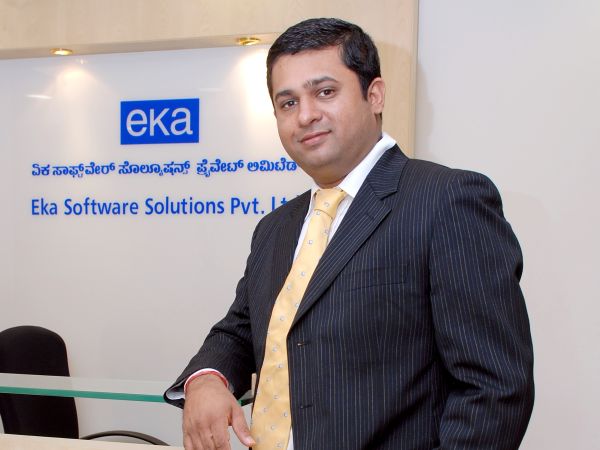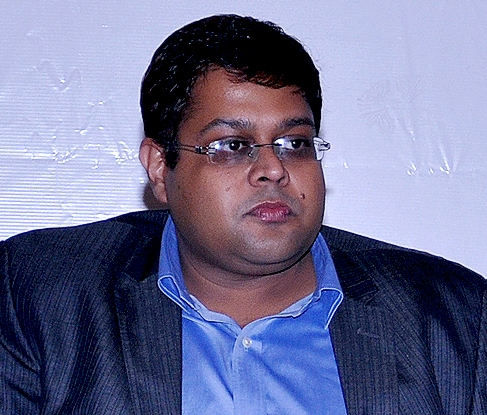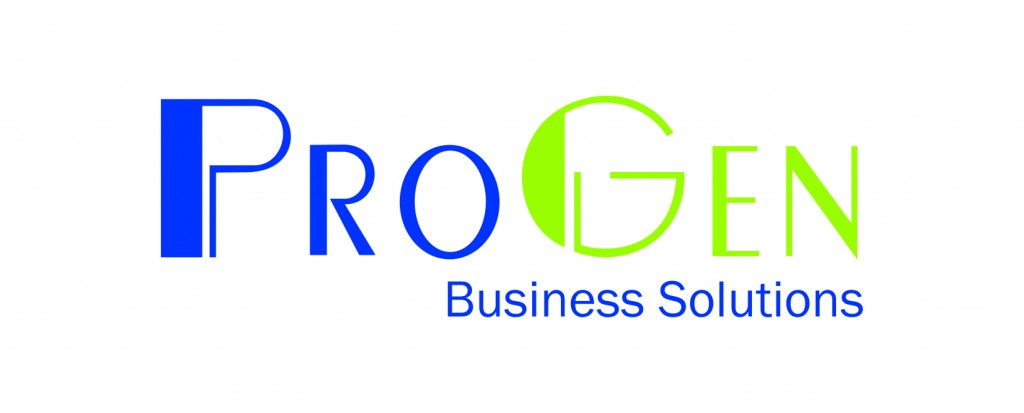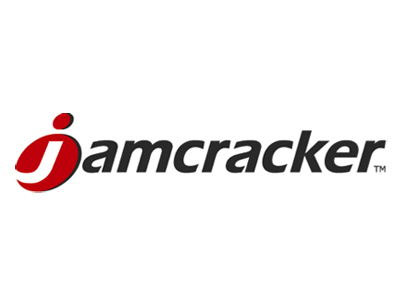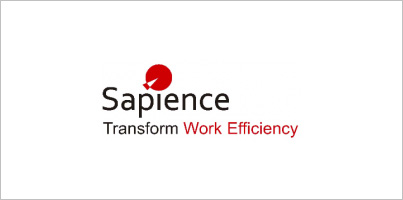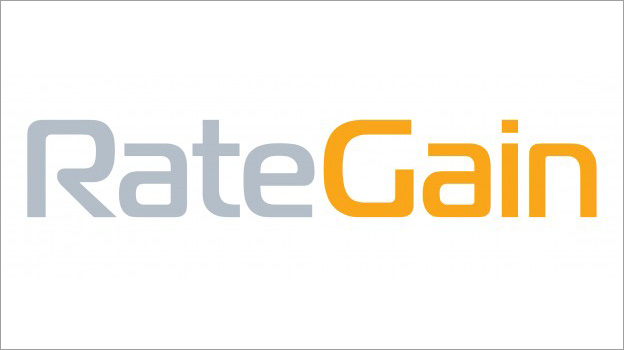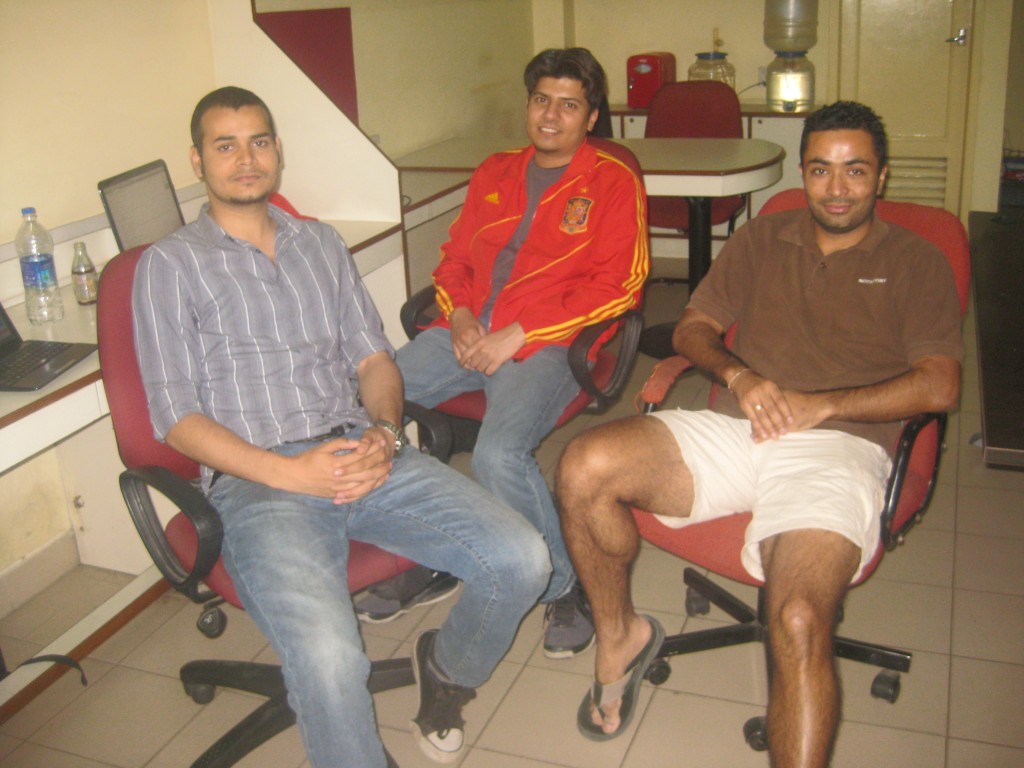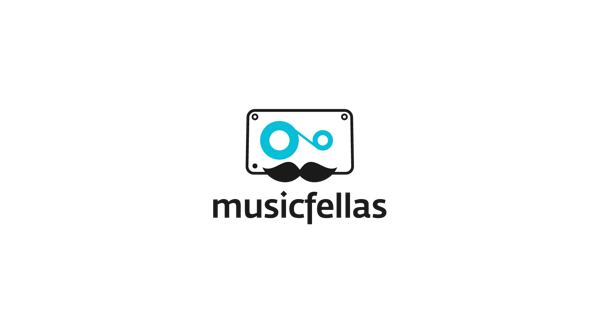Pixel Jobs, designed by the talented folks at Sparklin, is a refreshing look at the boring world of job portals. The problem to solve was simply, “How to get a job post seen by the best creative talent?” An old fashion job-board served as a physical metaphor to yield a clean, simple and inviting job portal cheekily named – Pixel Jobs. It has nifty filters to make searching easy and a straightforward form that allows you post a job in a few minutes.
![]()
On April 3rd, Avinash and I had freewheeling chat with the young founders of Team Sparklin – Gurpreet Bedi and Himanshu Khanna – on the hows and whys behind the product.
How did it all began? Are you trying to become Cleartrip for the job space?
“Pixel Jobs really started based on internal need of hiring the best designers. Sparklin started a Facebook group last year to reach out to the designers through personal networks and within a short time close to 1200 people had signed up. That clearly indicated a need for a specialized job site for designers. There are already sites for coders, so why not for designers. This is purely a niche product,” on the why.
“There was a concern on excessive moderating to ensure the postings to be creatively-relevant and accurate. I had to overly moderate the Facebook group for the first couple of months. But then everything kind of fell in line. The relevancy and quality of postings sort of improved on their own. Very little moderation was required. That’s when an open job forum became a viable next step. We still moderate but only for completeness.”
So what is the initial marketing strategy?
“We have deliberately taken a slow approach towards marketing this portal. First, we want to ensure that the platform is robust enough to handle large volumes. Second, by only allowing a selected well-known companies in the creative domain to post (for now) will increase the quality and credibility enough to not warrant a serious marketing push,” elaborating on the initial word of mouth approach.
How is the product going to evolve over next few months? Semantic search, LinkedIn connect, company-based hosting, additional views, etc. are some gaps.
“This is only a version 0. We are improving the product on a daily basis. All these features and many more are in the pipeline and you will see a gradual improvement over next few months. For instance we are working on an Android app to launched soon and targeting companies to use Pixel Jobs to host jobs on their sites. They can just use our embed our code with their branding on their site. There is a big need for this. For example, some of our clients already have a job board on their site but prefer to here.”
Even though the initial version is impressive, there are some user experience improvements to consider. For instance, extending the card metaphor by not going to the next page for a more fluid interaction (too many new windows), introducing category tags as alternate searching mechanism (search only for graphic designers), making search more central to the experience, introduce shared vocabulary (minimal difference between UX Designer and UI Designer), personalizing content based on previous searches and making it easy to follow-up on interesting jobs.
“We agree with all these points. Most of these are being worked on currently. For example, in the Android app you can favourite your job and city. Only those jobs will then be shown by default. These will help personalize your experience. Easier to do this on Android for now and eventually we will introduce them on the web as well.”
How do you plan to distinguish the experience between job seekers and posters?
“This will be a very important strategy once we build some traction and gain volume. For now the obvious focus is job seekers which will help drive better companies to the portal.”
Why is there a disconnect between brand Pixel Jobs and the URL (jobs.pixelonomics.com)? This could split the brand between Pixel Jobs and Pixelonomics. Better to build a single brand for consistent messaging.
Without elaborating on this too much, “We will merge these very shortly under a new brand name in the next release. We could also launch series of boards across other verticals as well – mobile developers, etc. under the same brand.”
It will be hard for the creatives to search on cluttered and difficult to use popular job sites from now on.



